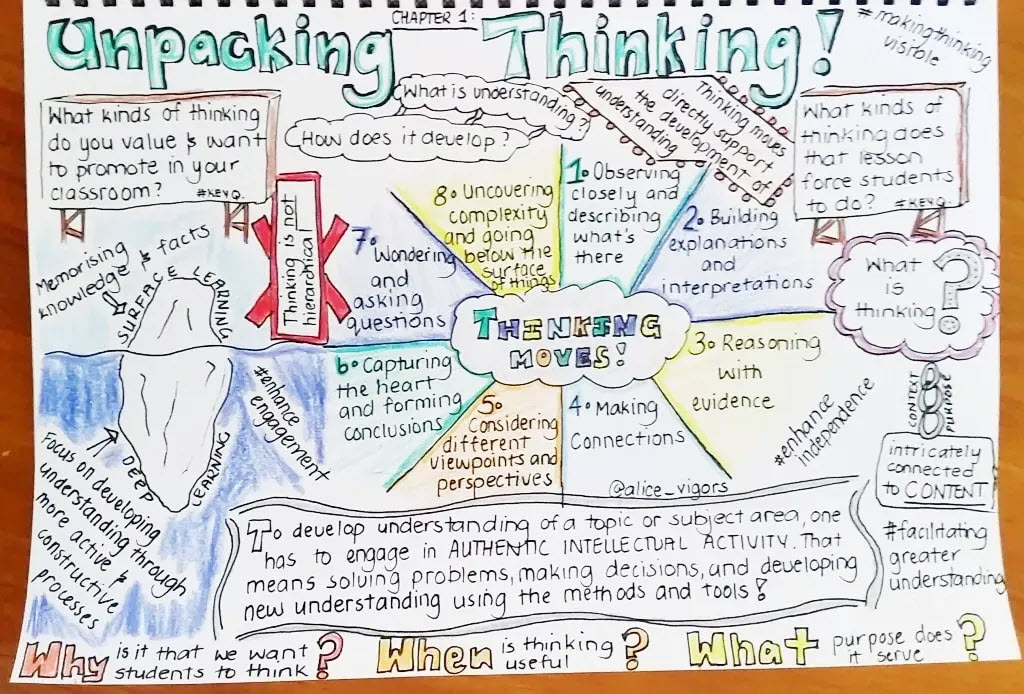
Assessment and FeedbackCourse DescriptionsEducational DesignITL526 Single Subject Integrated Design INational UniversityTeacher Professional Development
ITL526 Single Subject Integrated Design I
Snapshot Overview of ITL26: Integrated Design...

Catalyzing Classroom Innovation: Strategies and Resources for Enhanced STEM Teaching
In the ever-evolving landscape of education,...

Educational Standards and PracticesStudent-Centered Teaching StrategiesTeacher Professional Development
Unpacking and Reflecting on TPE 3
As teacher candidates, we are acquiring...

CourseworkEducational Policy and ComplianceITL604 Learners and Learning INational UniversitySpecial Education and InclusionTeacher Professional Development
IEP vs. 504 Plan
For our Week 2 Discussion, we...

CourseworkEducational Standards and AssessmentInstructional Strategies and Classroom ManagementITL600 Becoming a TeacherNational UniversityTeacher Professional Development
Unpacking the TPEs & Reflecting on Them
As teacher candidates, we are acquiring...

CourseworkCultural Awareness in TeachingITL600 Becoming a TeacherMulticultural EducationNational UniversityTeacher Professional Development
Cultural Iceberg
Teacher identity, culture and values play...
